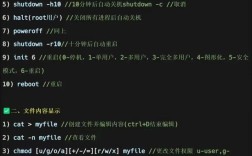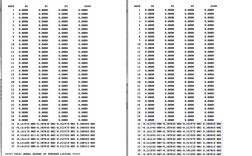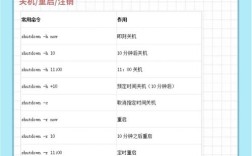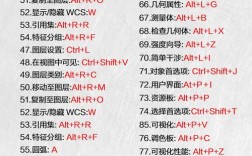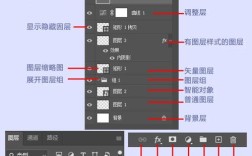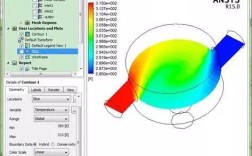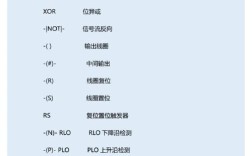tekla commands are essential tools for structural engineers and designers working with tekla structures software, enabling efficient modeling, detailing, and management of structural projects. these commands, often accessed through keyboard shortcuts, toolbars, or menus, streamline workflows and enhance productivity. understanding and utilizing tekla commands effectively can significantly reduce modeling time and improve accuracy in structural design.
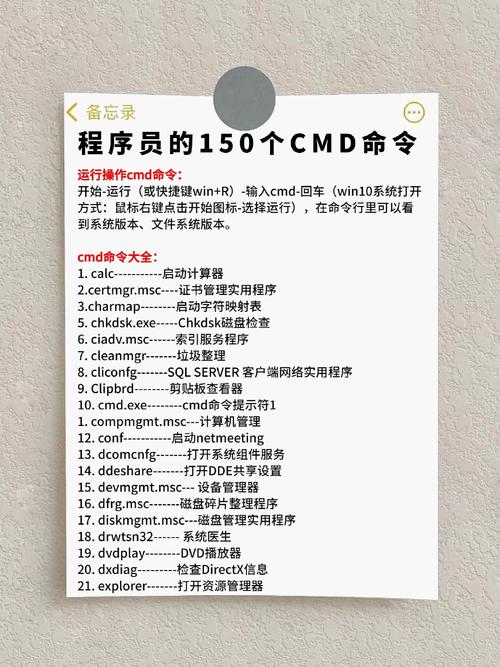
one of the most fundamental tekla commands is "create," which allows users to generate various structural elements such as beams, columns, plates, and bolts. for instance, the "beam" command (shortcut: b) enables the creation of linear elements by defining start and end points, while the "column" command (shortcut: c) facilitates the insertion of vertical members. these commands often require input for dimensions, material properties, and connection details, ensuring that elements are modeled according to design specifications. additionally, the "plate" command (shortcut: pl) is used to create flat surfaces, which are critical for modeling floor slabs, base plates, and stiffeners.
another critical category of tekla commands includes modification tools, which allow users to adjust existing elements or their properties. the "move" command (shortcut: mv) enables repositioning of elements, while the "copy" command (shortcut: cp) duplicates selected objects, saving time when creating repetitive structures. the "rotate" command (shortcut: ro) is useful for orienting elements to the correct angle, and the "mirror" command (shortcut: mi) creates symmetrical copies, which is particularly helpful for designing symmetric buildings or components. for more precise adjustments, the "modify" command (shortcut: m) opens a dialog box where users can edit properties such as material grade, section size, or surface treatment.
tekla also offers a range of connection commands, which are vital for ensuring structural integrity. the "bolt" command (shortcut: bo) allows the insertion of bolts between elements, with options for bolt size, type, and spacing. similarly, the "weld" command (shortcut: we) creates welded connections, defining weld type, length, and position. these commands often include automatic checks for standard connection details, reducing the risk of errors. For complex connections, the "connection" command (shortcut: cn) provides access to pre-defined connection libraries, which can be customized to meet project-specific requirements.
To enhance collaboration and organization, Tekla includes commands for managing model views and drawings. The "create view" command (shortcut: v) generates different types of views, such as plan, elevation, or 3D views, which are essential for visualization and documentation. The "drawing" command (shortcut: d) creates detailed fabrication drawings, including dimensions, annotations, and lists. Additionally, the "report" command (shortcut: r) generates material lists and other project reports, which are crucial for quantity surveying and procurement.
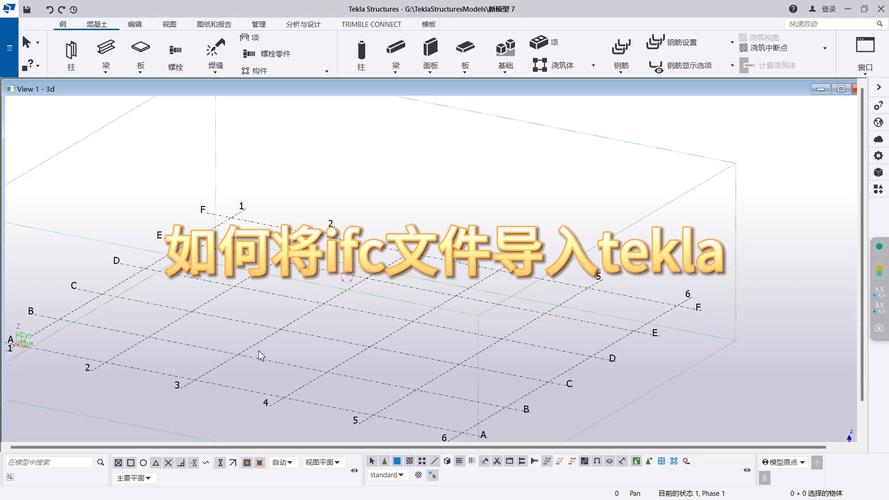
Below is a table summarizing some commonly used Tekla commands and their functions:
| Command (Shortcut) | Function |
|---|---|
| Beam (b) | Creates linear structural elements |
| Column (c) | Inserts vertical structural members |
| Plate (pl) | Generates flat surfaces for slabs or stiffeners |
| Move (mv) | Repositions selected elements |
| Copy (cp) | Duplicates objects |
| Rotate (ro) | Changes the orientation of elements |
| Bolt (bo) | Inserts bolts between elements |
| Weld (we) | Creates welded connections |
| Create View (v) | Generates different model views |
| Drawing (d) | Creates fabrication drawings |
Advanced Tekla commands cater to more specialized tasks, such as modeling complex geometries or analyzing structural behavior. The "polybeam" command (shortcut: pb) allows the creation of curved or tapered beams, which are often required in architectural or bridge designs. The "reinforcement" command (shortcut: re) is used to add rebar to concrete elements, with options for bar size, spacing, and cover. For analysis purposes, the "load" command (shortcut: ld) enables the application of forces, moments, or distributed loads to the model, which can then be exported to external analysis software.
In addition to modeling and detailing, Tekla commands support efficient project management. The "save" command (shortcut: ctrl+s) ensures that work is regularly backed up, while the "export" command (shortcut: ex) allows models to be shared in various formats, such as IFC or DWG, for collaboration with other disciplines. The "check" command (shortcut: ch) performs model validation, identifying potential clashes or errors that could affect the structural integrity.
Mastering Tekla commands requires practice and familiarity with the software's interface and functionality. New users are encouraged to explore the command palette, which provides a searchable list of all available commands, along with their shortcuts. Tekla also offers extensive documentation and tutorials, which can help users learn and implement commands effectively. By leveraging these tools, structural engineers can optimize their workflows, reduce errors, and deliver high-quality structural designs.
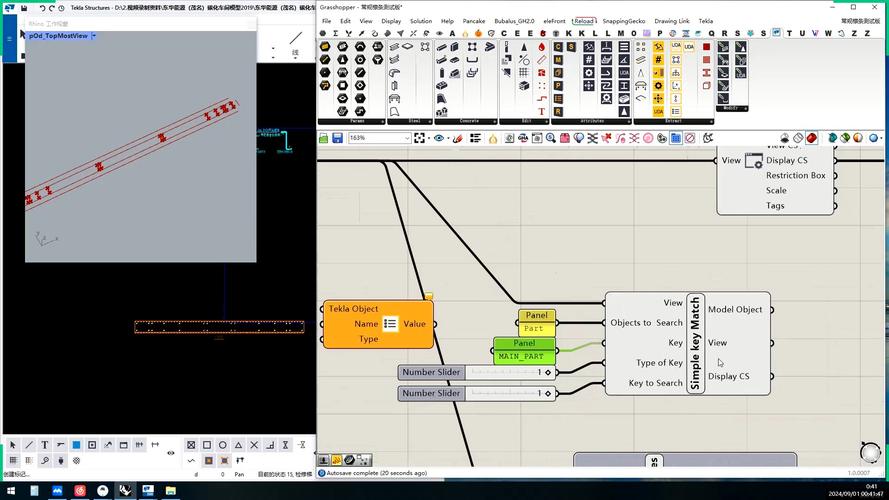
In conclusion, Tekla commands are the backbone of efficient structural modeling and detailing in Tekla Structures. From basic element creation to advanced analysis and project management, these commands provide the flexibility and precision required for modern structural engineering projects. By understanding and utilizing Tekla commands effectively, users can enhance productivity, improve accuracy, and streamline their design processes, ultimately leading to more successful project outcomes.
FAQs
-
How can I customize Tekla commands to suit my workflow?
Tekla allows users to customize commands by modifying the keyboard shortcuts through the "Tools > Options > Shortcuts" menu. You can create new shortcuts or modify existing ones to align with your preferences. Additionally, you can create custom toolbars or menus by dragging and dropping commands from the command palette, making frequently used tools easily accessible. -
Are there any resources available to learn Tekla commands in-depth?
Yes, Tekla provides a range of resources for learning commands, including official tutorials, video guides, and a comprehensive help menu (accessed via "Help > Tekla Structures Help"). Online forums and communities, such as the Tekla Learning Center, also offer user-generated tips and troubleshooting advice. For structured learning, Tekla offers certified training courses that cover both basic and advanced command usage.

